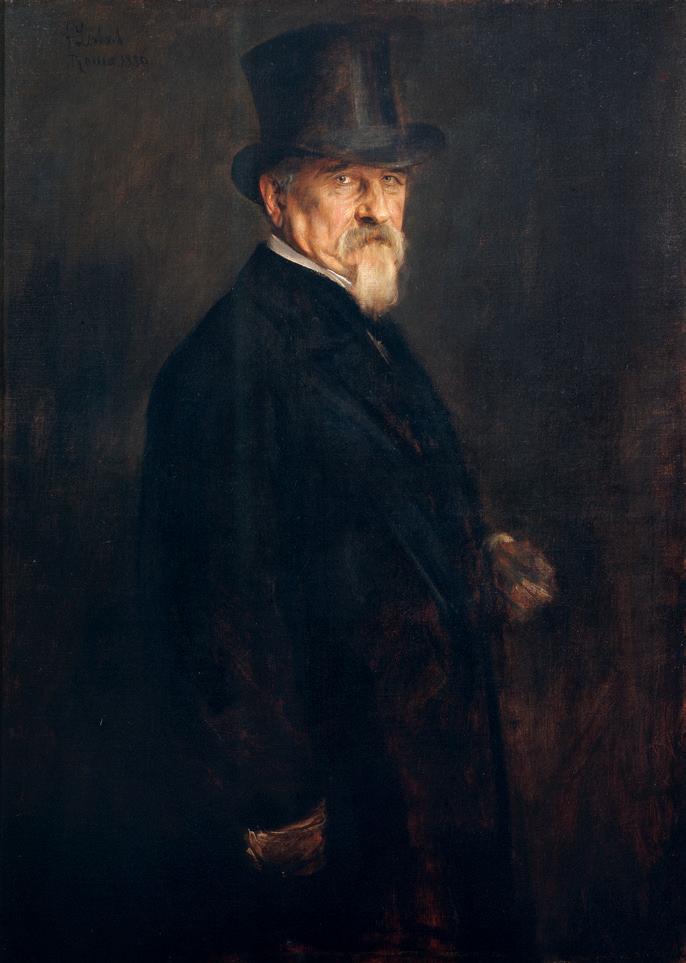
2 minute read
The Collectors
Room
3
Advertisement
Three Collectors for the Museum: Carrara, Lochis, Morelli
Unlike many Italian municipal museums, established following the suppression of ecclesiastical bodies and the dispersion of aristocratic picture galleries, the patrimony of the Accademia Carrara is the result of a succession of stories, big and small, of enthusiasts who transformed the art of collecting and therefore of possessing into the art of sharing by donating, making the Bergamo picture gallery one of Italy’s most important museums. Right at the top of the long 240-name list of donors, which includes both private individuals and institutions, are Giacomo Carrara, Guglielmo Lochis and Giovanni Morelli, three great collectors who built up, in different historical periods, important art collections. The varying nature of these collections has contributed to defining the varied and multi-layered character of the Accademia Carrara’s patrimony.
Giacomo Carrara, the founder of the Pinacoteca, spent a lifetime developing his collection, which featured paintings, drawings and prints, in a building which also included a school of painting. Donated to the city in 1796, the collection documented in an exhaustive fashion the history of art in Bergamo from the fifteenth century onwards, but also housed masterpieces of Lombard and Venetian painting.
Guglielmo Lochis established, in his villa at Crocette di Mozzo, just outside Bergamo, an extraordinary collection of paintings, including works by the likes of Bellini, Raphael, Titian, Canaletto and Tiepolo. Set up in order to bear witness to the different Italian artistic schools between the fifteenth and eighteenth centuries, much of the collection came to the Accademia Carrara in 1866.
With the bequest of Giovanni Morelli in 1891, the museum was enriched by the collection of one of the nineteenth century’s greatest art historians. Morelli devised a new method for the attribution of ancient paintings, based on the analysis of the most seemingly negligible anatomical details. His collection of paintings and sculptures, featuring masterpieces by Pisanello, Bellini and Botticelli, came to the Accademia Carrara after his death.
1886 oil on canvas 125.5 × 90 cm Giovanni Morelli Collection, 1891
Schrobenhausen 1836 - Munich 1904
Franz von Lenbach Portrait of Senator Giovanni Morelli
The painting was executed between the spring of 1885 and the winter of 1886, in Rome, in Palazzo Borghese, where Lenbach had a much frequented studio. The brilliant art historian, elected senator of the Kingdom of Italy in 1873, is depicted in a three-quarters view, wearing a dark overcoat and top hat; he is in the act of turning his head towards the observer, his gaze lively and penetrating. The gentleman’s face emerges luminously from the brown background and the black clothing. It is a striking composition, appreciated also by Morelli, who held the German painter in particular esteem and considered him the last heir of the great sixteenth-century tradition of portraiture. With his portraits Lenbach did in fact build an extraordinary career for himself, working not only for many European royal houses but also becoming the official painter of the German aristocracy.






